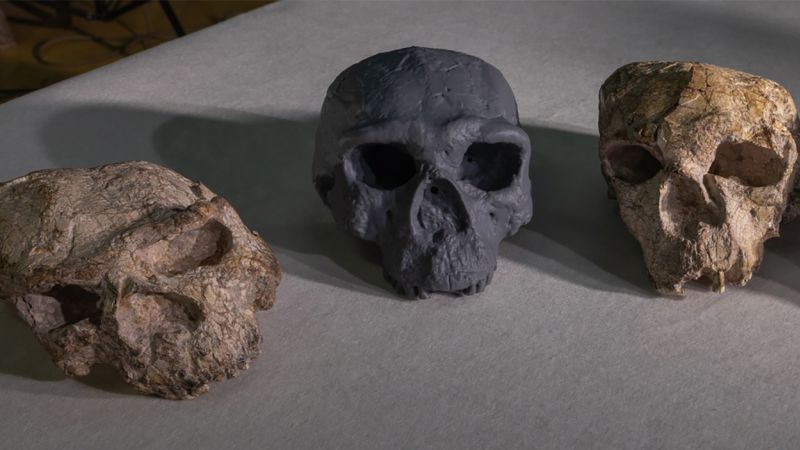Last week, 2K Games released Mafia: The Old Country. Powered by Unreal Engine 5, it’s time now to benchmark it and examine its performance on PC.
For our benchmarks, I used an AMD Ryzen 9 7950X3D, 32GB of DDR5 at 6000Mhz, AMD’s Radeon RX 6900XT, RX 7900XTX, RX 9070XT, as well as NVIDIA’s RTX 2080Ti, RTX 3080, RTX 4090, and RTX 5080. I also used Windows 10 64-bit, the GeForce 580.88, and the Radeon Adrenalin Edition 25.8.1 drivers.
Hangar 13 has added a few graphics settings for PC players. You can change the quality of Textures, Shadows, Reflections, and more. The game also supports NVIDIA DLSS 4, Intel XeSS 2.0, and AMD FSR 4.0 from the get-go. But, Global Illumination only has two options: High and Epic. You can’t set it to Medium or Low. The devs said they did this so that the game can preserve its intended visual quality.
Mafia: The Old Country does not have any built-in benchmark tool. So, for our tests, I used Don Torrisi’s villa. This appeared to be one of the most demanding areas early in the game. As such, it should give us a good idea of how the rest of it runs.
At 1080p/Epic Settings, the only GPU that can go over 60FPS is the NVIDIA RTX 4090. Interestingly enough, this new Mafia game appears to favour AMD’s GPUs. As we can see, the AMD Radeon RX 7900XTX and the RX 9070XT are able to match the performance of the NVIDIA RTX 5080. Similarly, the AMD Radeon RX 6900XT manages to beat the NVIDIA RTX 3080.
At both Native 1440p and 4K on Epic Settings, there is no GPU that can offer a 60FPS experience. The NVIDIA RTX 4090 manages to push a minimum of 42FPS and an average of 51FPS. So, I’m pretty sure even the NVIDIA RTX 5090 is not able to offer a constant 60FPS experience.
This should not come as a surprise, though. As I’ve already said, Lumen is a form of Ray Tracing. So, you cannot expect an RTX 4090, or even an RTX 5090, to run Lumen with 60FPS at Native 4K. Since there are only two options for GI, I assume we get Hardware Lumen on Epic and Software Lumen on High. In other words, Lumen is always enabled in the game, even when you select the Low preset.
By dropping the settings to High, we got a 28-48% performance boost at 4K on the NVIDIA RTX 4090. Our minimum framerate was raised at 46FPS. Thus, it was now possible to use TSR Quality and get a constant 60FPS experience.
Sadly, the game doesn’t get much faster when you use Medium or Low settings. This is because GI stays on High. I didn’t see any performance difference between High, Medium, or Low on the NVIDIA RTX 4090. So, if the game runs slow on High, you only have two ways to improve performance. You can either use a different setting for TSR/XeSS/DLSS/FSR, or enable Frame Gen.
As I wrote in my previous article, there are some visual issues with DLSS 4. I’ve tried AMD FSR 4.0, and I can report that it looks as good as TSR. AMD FSR 4.0 does not suffer from the visual issues of DLSS 4 and looks better than it. At 4K/High Settings, the AMD Radeon RX 9070XT was able to offer framerates over 60FPS at all times with AMD FSR 4.0 Balanced. That was without Frame Gen.
Graphics-wise, Mafia: The Old Country looks great. Thanks to Lumen, the environments look great and consistent. The character models look good too, even if they could be a little better. Still, they do their job well. Another cool thing is that most light sources cast shadows. Believe it or not, in a lot of games, a lot of light sources do not cast shadows. So, we at least get more dynamic shadows in this title. Honestly, there’s not much to complain about. Yes, this game needs a powerful PC, but it looks great. So, that’s a good thing. My biggest gripe with Mafia is the awful pop-in issues. I don’t know if this is a bug, but there are a lot of pop-in issues with distant objects. This shouldn’t be happening. So, here is hoping that the devs will fix it via a patch.
All in all, Mafia: The Old Country is really demanding on Epic Settings. On High Settings, it runs like most other UE5 games. For gaming at 4K, you’ll still need an upscaler. In my opinion, the game looks great. So, there is nothing wrong with using TSR/XeSS/DLSS/FSR to get the benefits of Lumen. Sadly, the Medium and Low Settings feel a bit meaningless, as they do not do much to the game’s performance. This is due to Lumen being enabled on all presets.
There is definitely room for improvement here. Still, this isn’t a “disaster” like some people claim. It’s nowhere near as bad as the launch version of MindsEye. I also didn’t experience huge stutters like those I’ve seen in Oblivion Remastered. So, while this isn’t the most optimized PC game, it’s not among the worst either. It’s a mixed bag.
Enjoy!

John is the founder and Editor in Chief at DSOGaming. He is a PC gaming fan and highly supports the modding and indie communities. Before creating DSOGaming, John worked on numerous gaming websites. While he is a die-hard PC gamer, his gaming roots can be found on consoles. John loved – and still does – the 16-bit consoles, and considers SNES to be one of the best consoles. Still, the PC platform won him over consoles. That was mainly due to 3DFX and its iconic dedicated 3D accelerator graphics card, Voodoo 2. John has also written a higher degree thesis on the “The Evolution of PC graphics cards.”
Contact: Email
Source link





















